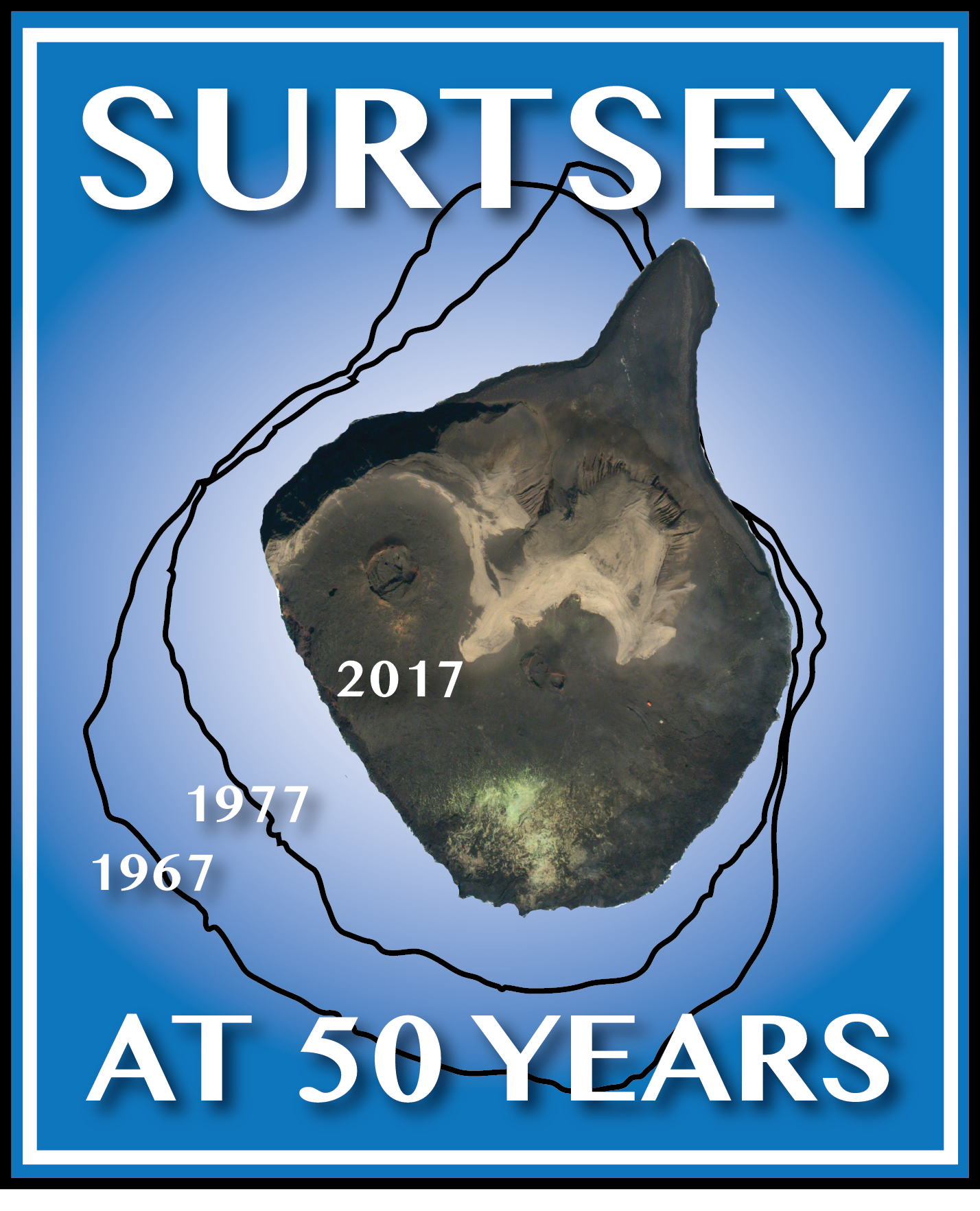Geochemical studies of the fluids filling two of the cased boreholes, 1979 (SE-01) and 2017 (SE-03), by Barbara Kleine and other geochemists at University of Iceland, gives new insights into how the interaction of young basalt with seawater influences the elemental budget of the oceanic crust.
This study focused on investigating the geothermal processes and water-rock interactions that take place during the earliest stages of seawater infiltration into the oceanic crust. Borehole water was sampled from two cased boreholes (SE-1 and SE-3) in 10m depth intervals. This sampling revealed that certain elemental concentrations, those of SiO2, Na, Ca, and Cl, were similar to the corresponding seawater concentrations while the elemental concentrations of B, Mg, F, CO2 and SO4 were depleted. Analysis of the borehole water also revealed differences in concentrations of SiO2, K, Ca, Mg, Fe, Al, F and SO4 between SE-1 and SE-3.

Water samples were obtained from the 1979 borehole (SE-1) with the termination of the SUSTAIN drilling (read more about the SUSTAIN drilling on the Drilling Operations Tab) on September 6th 2016 and September 5th 2017. The samples were taken at 10m depth intervals to evaluate potential in-borehole processes that may interfere with the water’s chemical and isotopic composition. The samples from the lowest depths could be representative of the deep fluids that interact with the seafloor sedimentary host rocks. On July 20th 2018 water samples were taken from borehole SE-3. The process by which the water samples were extracted can be seen below. A stainless steel bailer attached to a slickline was lowered to the sampling depth. 1.5 L was the maximum amount of water sampled at each depth.

Analysis of these borehole waters was compared with seafloor alteration in low temperature Mid-Ocean Ridge Recharge Zones (“the area where seawater enters the permeable volcanic rocks of the seafloor, percolates down toward the heat source, and begins to undergo low temperature chemical reactions”) in the ridge flank environments. Modeling showed that water-rock interaction in the range of 50-150°C could serve as a sink of Mg and SO4 derived from seawater while also providing a major source of Ca. These models imply that seafloor alteration in these low-temperature geothermal systems that exist within the oceanic crust, may have large effects of the global elemental budgets of seawater
New insights into how the interaction of young basalt with seawater influences the elemental budget of the oceanic crust
These are the scientists who contributed to this article and their professional affiliations.
Barbara I. Kleine 1, Andri Stefánsson 1, Ríkey Kjartansdóttir 1, Simon Prause 2&3, Tobias B. Weisenberger 3, Hannah I. Reynolds 1, Árný E. Sveinbjörnsdóttir 1, Marie D. Jackson 4, Magnús T. Gudmundsson 1
1. Institute of Earth Sciences, University of Iceland, Reykjavík, Iceland b
2. School of Engineering and Natural Sciences, University of Iceland, Reykjavík, Iceland
3. Iceland GeoSurvey, Reykjavík, Iceland
4. Department of Geology and Geophysics, University of Utah, Salt Lake City, USA
Citations Referenced in this post
